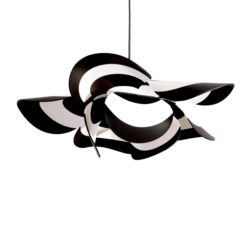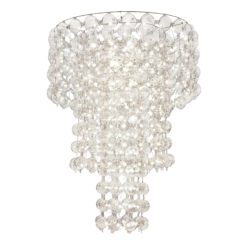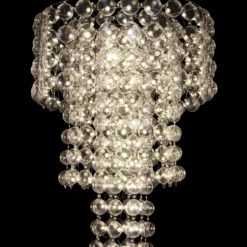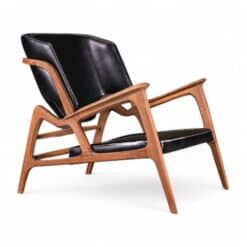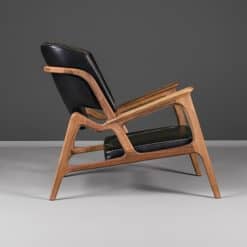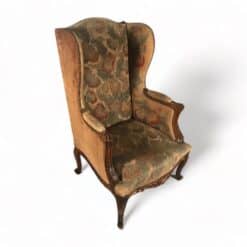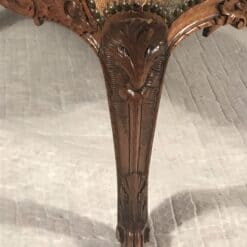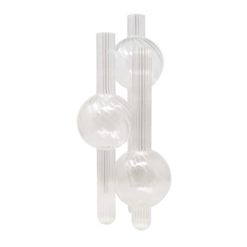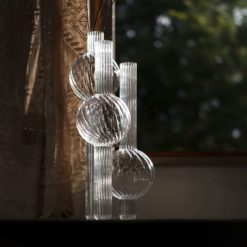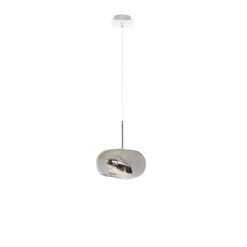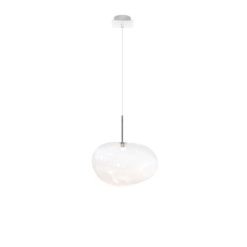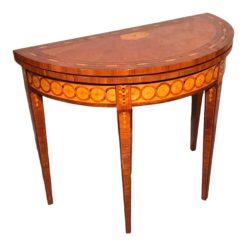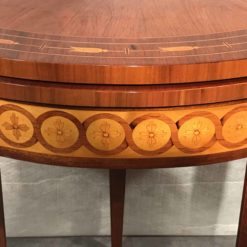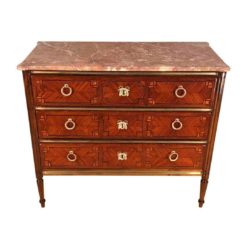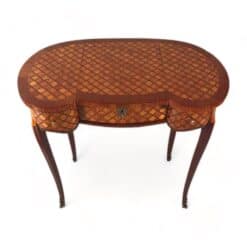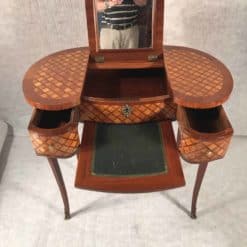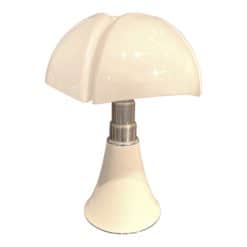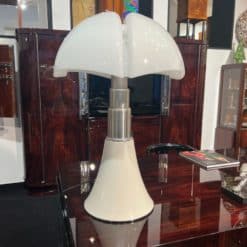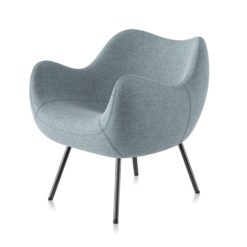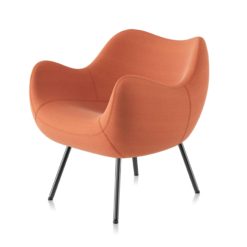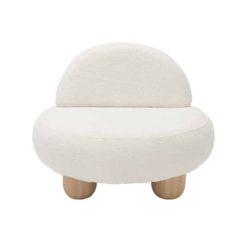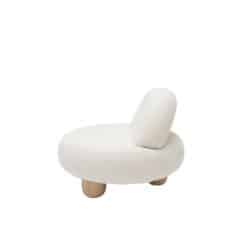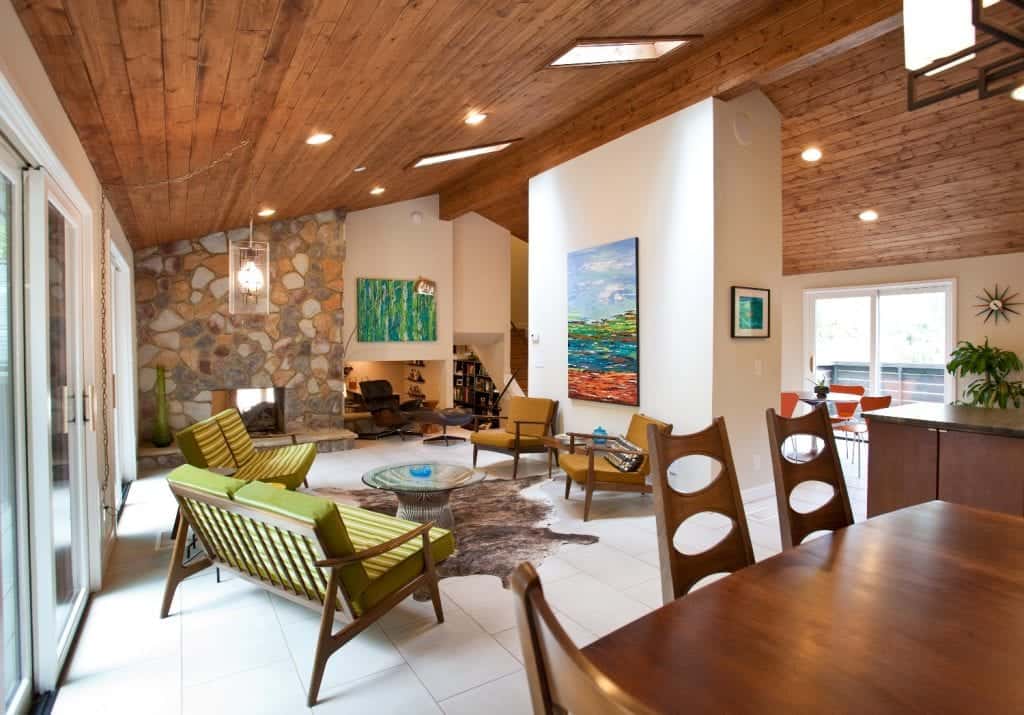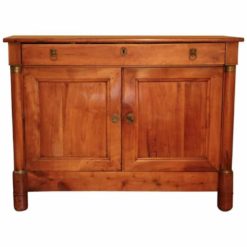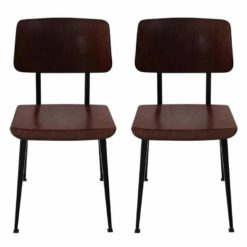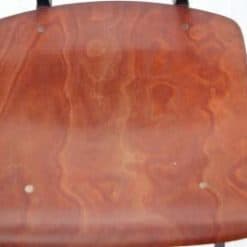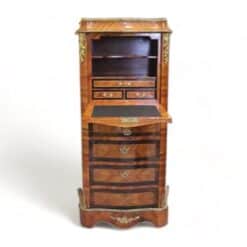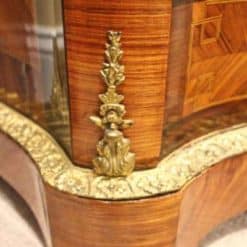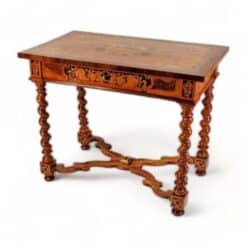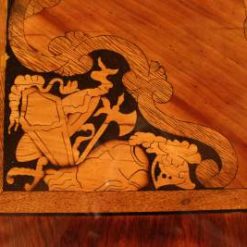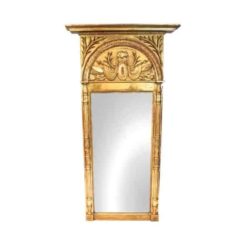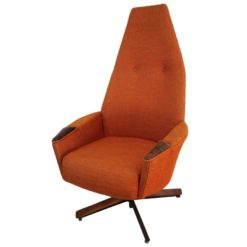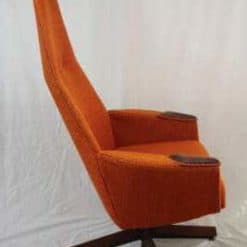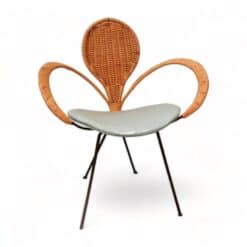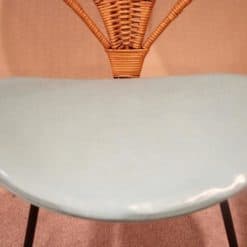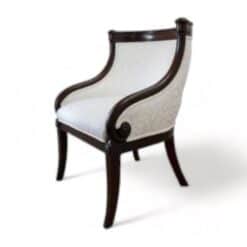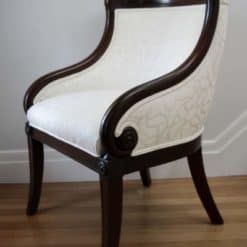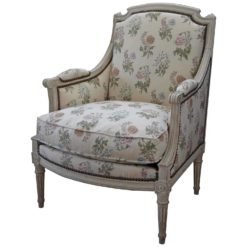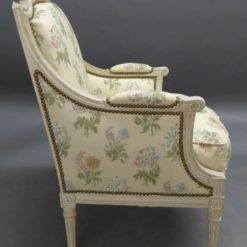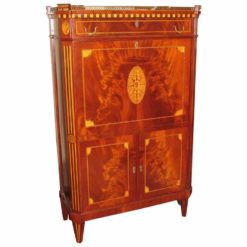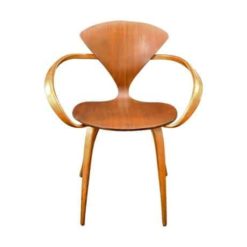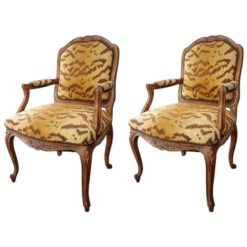Best Sellers
Furniture, Styylish History
11 Most Influentual Midcentury Furniture Designers
Midcentury Furniture Design Icons
The midcentury home is nothing without its iconic pieces—and the iconic men and women who crafted them. Many midcentury furniture designers were multi-disciplinary and trained as architects or sculptors.
Because of this, their holistic approach to design yielded stunning results that continue to beautify homes and inspire today.
Now, discover new facts about your favorite designers or learn about a few names you may not have had on your radar.
Charles and Ray Eames
Charles and Ray Eames were a married couple who both worked as industrial designers. Their work had a significant impact on America’s living culture of the 1950ties. In addition, they worked in the fine art and film industries. Their most iconic furniture designs is the Eames Lounge Chair.
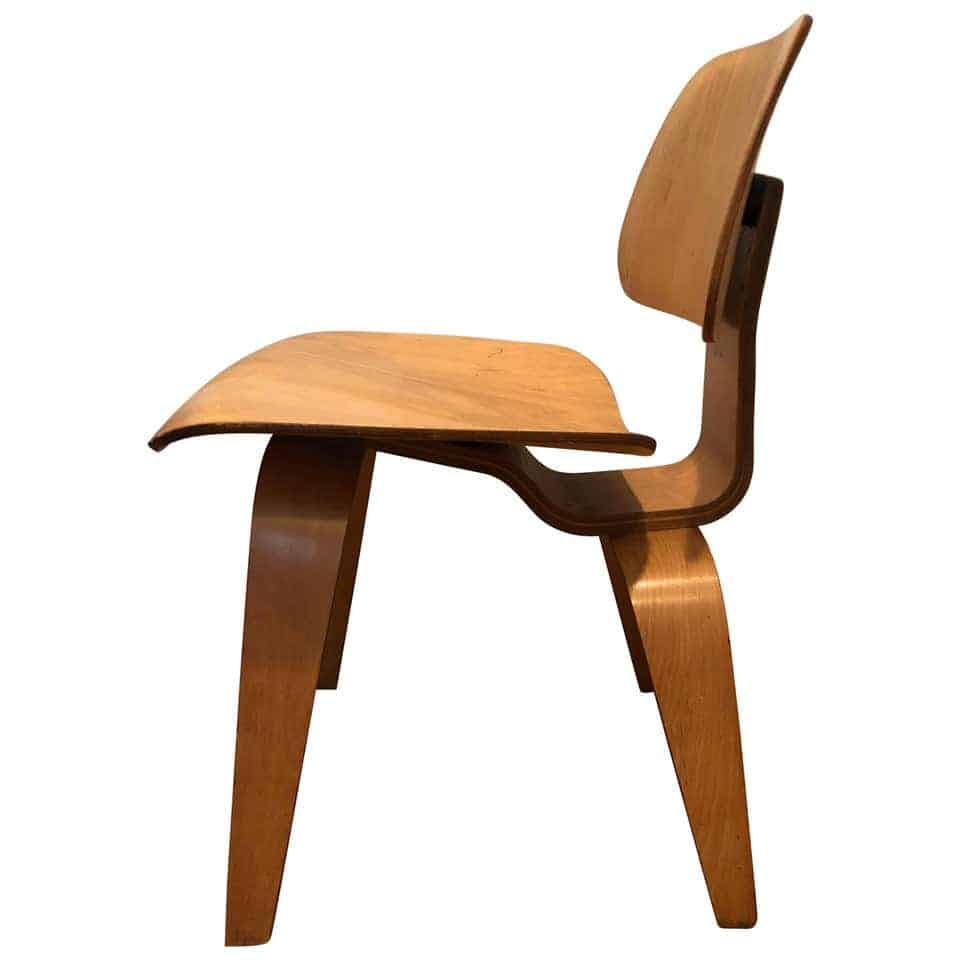
Florence Knoll Bassett
“I designed the architectural [elements] that were needed to make the room work, things like the walls, [tables] and sofas.”
Florence Knoll Bassett produced numerous iconic midcentury furniture designs, consequently reinvented the meaning of modern corporate furniture after WWII.
Knoll believed that furniture was an extension of the architecture surrounding it, a principle that revolutionized both furniture and architecture design.
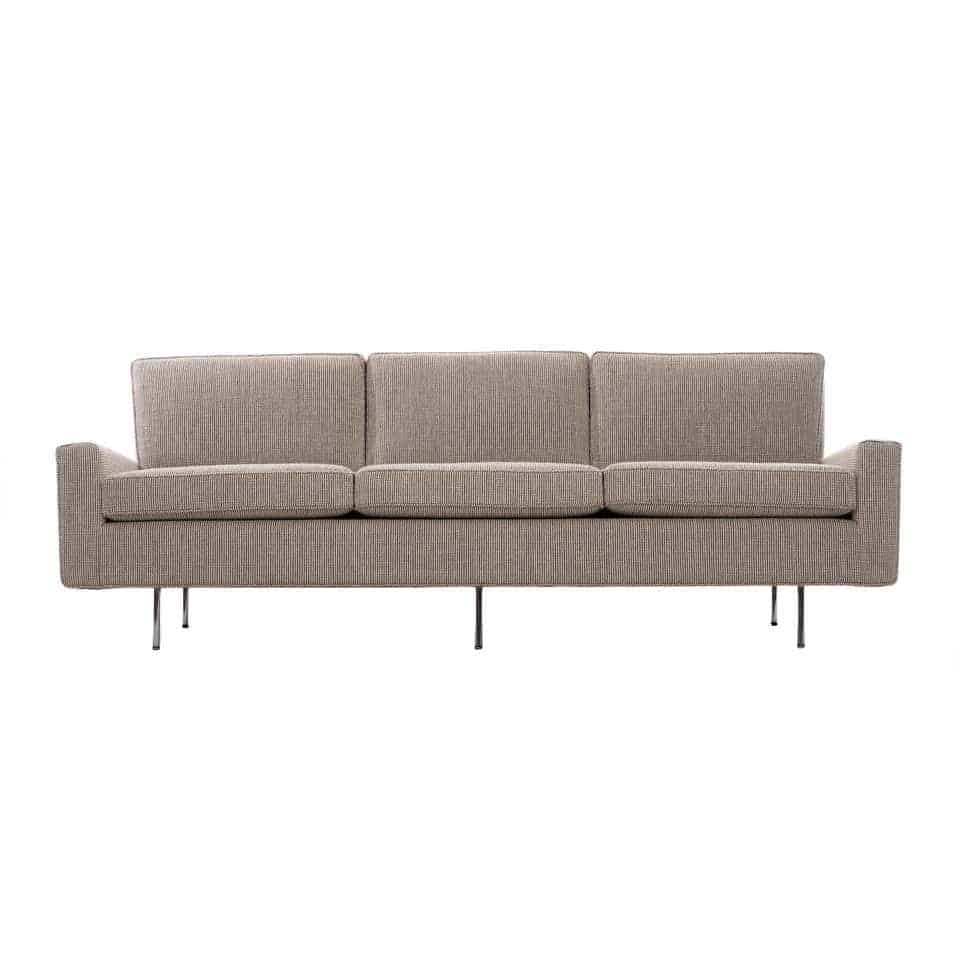
Charlotte Perriand
“The extension of the art of dwelling is the art of living—living in harmony with man’s deepest drives and with his adopted or fabricated environment.”
Charlotte Perriand’s gifted eye for design propelled her to become one of Modernism’s leading innovators. Together with two other Modernist pioneers, she designed the LC4 armchair at the age of 23.
Perriand’s furniture designs included a variety of materials, from fresh, functional chrome to natural wood. Moreover, as her career progressed, she implemented an assortment of materials to craft exquisite pieces. However, her principles of harmony remained ever-present.
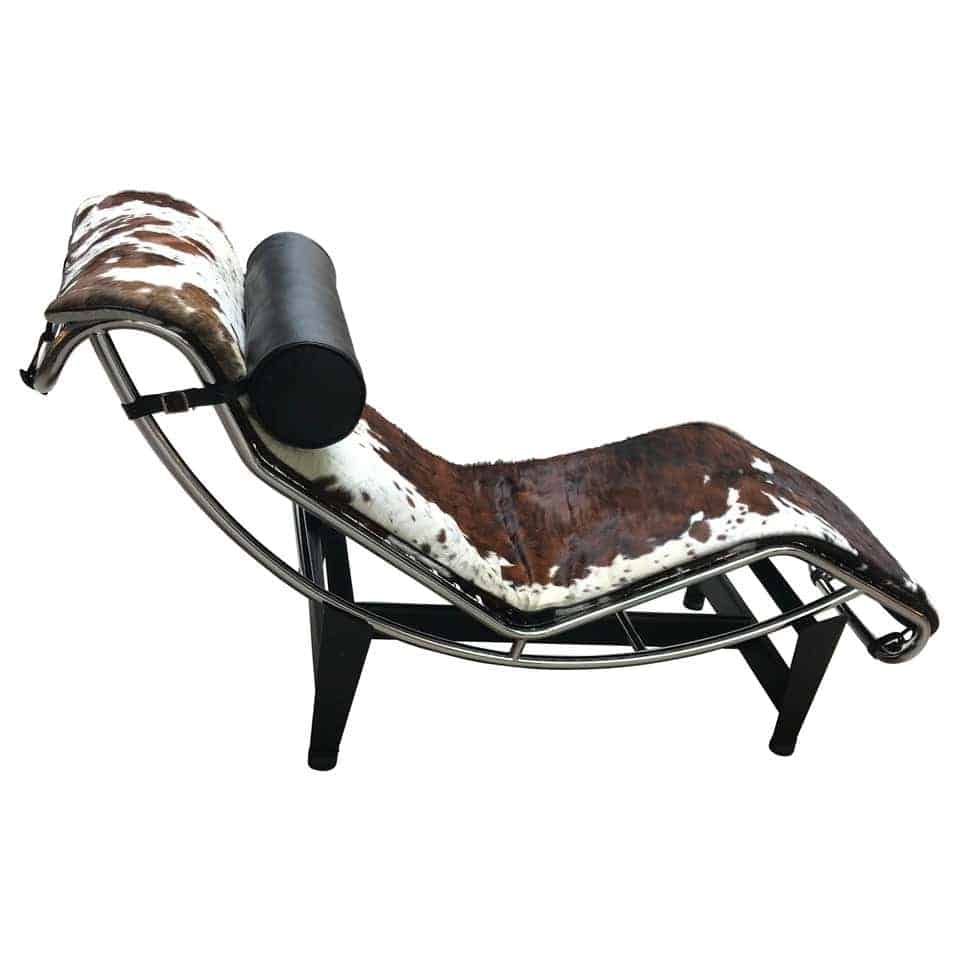
Isamu Noguchi
Isamu Noguchi specialized in multiple disciplines, working as both an abstract sculptor and furniture designer. Noguchi’s designs were heavily inspired by sculpture, coupled with a reflection of his bi-cultural heritage as the son of an Irish-American teacher and Japanese poet. His signature works are the Noguchi table and Akari light sculptures, which incorporate elements of Western and Eastern design.
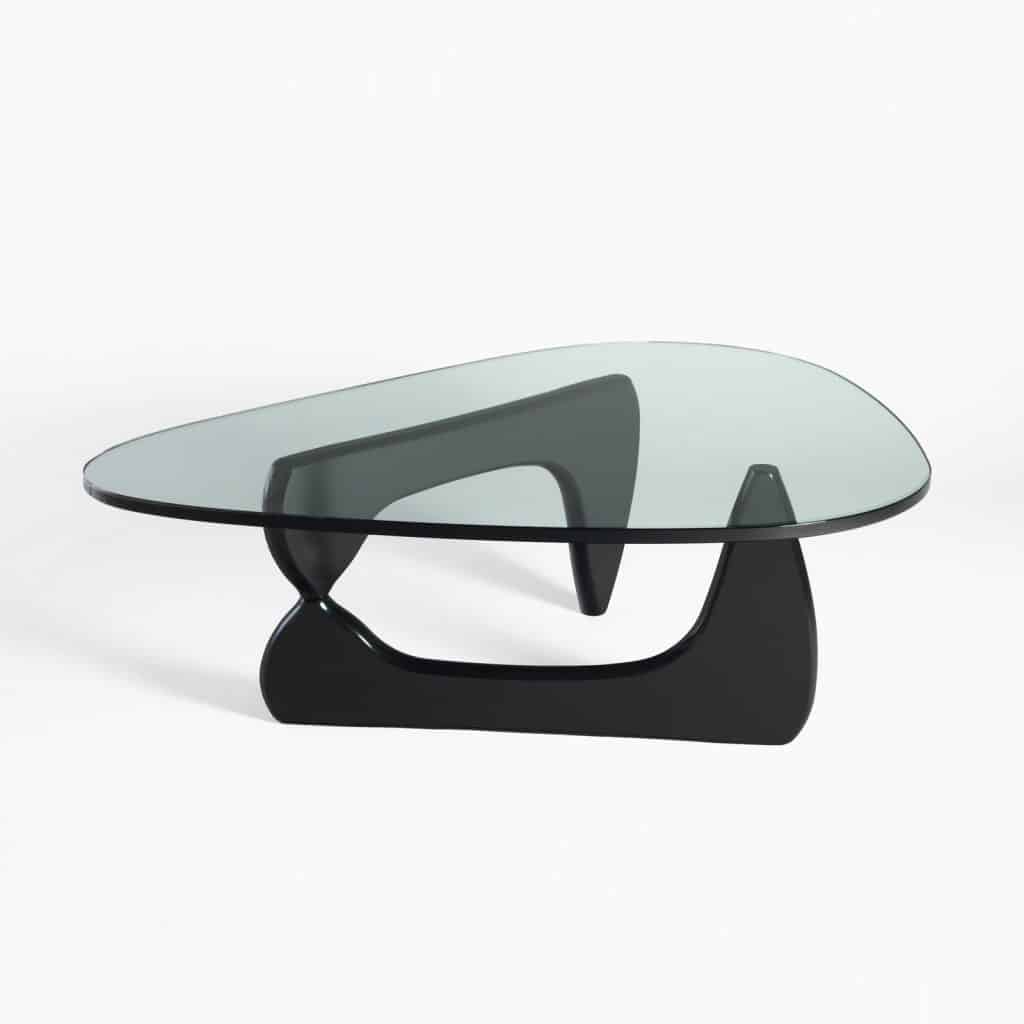
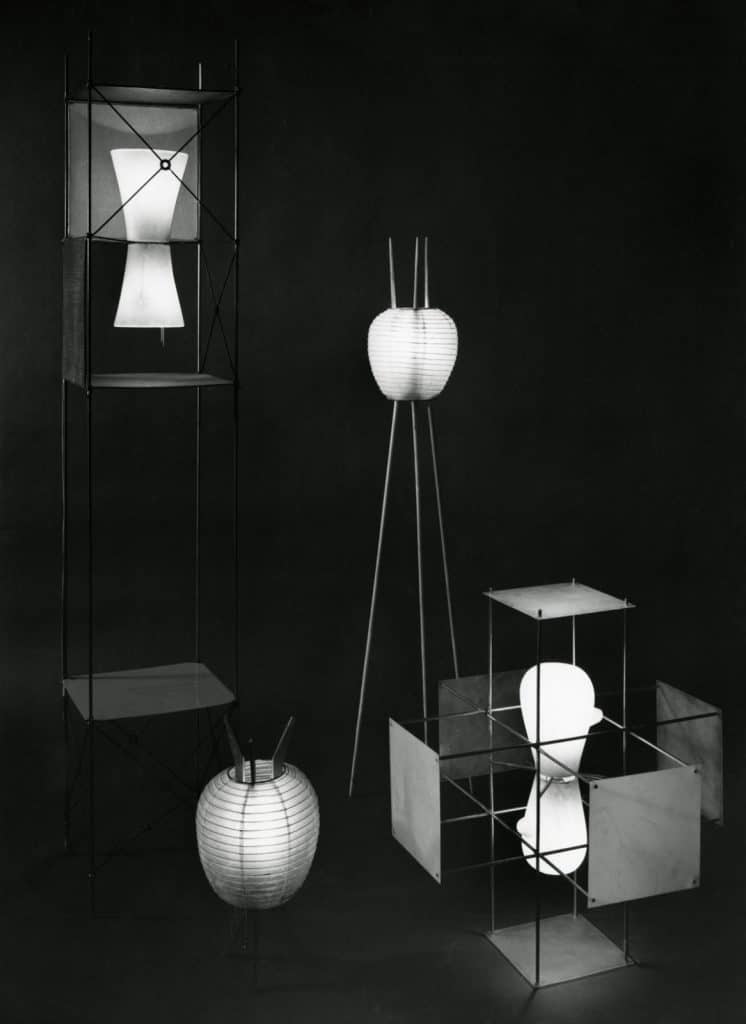
Arne Jacobsen
Arne Jacobsen was a multi-disciplinary craftsman who excelled as an architect and furniture designer. After he saw a plywood Eames chair, Jacobsen created the Ant Chair as well as numerous other Midcentury furniture icons such as the Egg Chair, Drop ZChair, Grand Prix Chair, and Swan Chair.
Similarly to Noguchi, who combined his love of sculpture and furniture design, Jacobsen’s work as an architect formed pieces. For example, his idea for the Egg and Swan chairs developed after he started work on the SAS Hotel in Denmark.
Coresspondingly, Jacobsen’s furniture is characteristically architectural and uniform but exudes personality through almost whimsical forms.
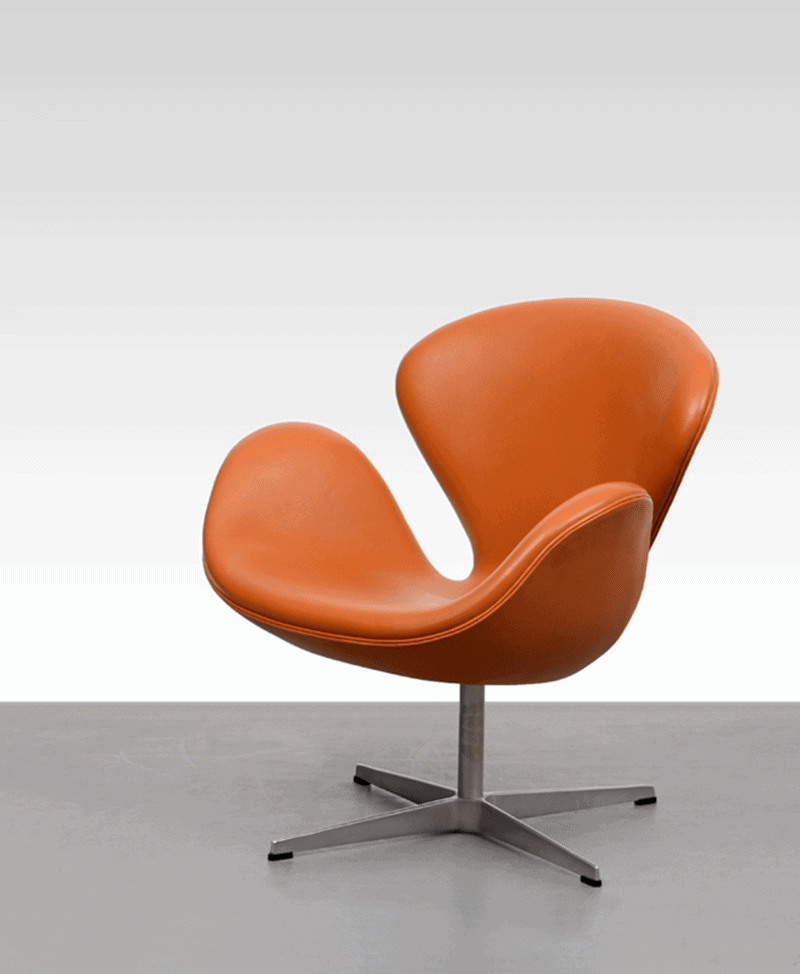
Harry Bertoia
“The urge for good design is the same as the urge to go on living. The assumption is that somewhere, hidden, is a better way of doing things.”
Harry Bertoia was a preeminent Midcentury furniture, jewelry, and sculpture designer. While at Cranbook, he befriended other talented designers, such as Eero Saarinen, Charles Eames, and Florence Schust.
During his time in school, Bertoia and Eames collaborated on a project that laid the foundation for Eames’s definitive plywood chair. Afterwards he befriended Florence Knoll, she commissioned him to create new pieces for her company, Knoll, and he created his signature Diamond and Bird Chairs.
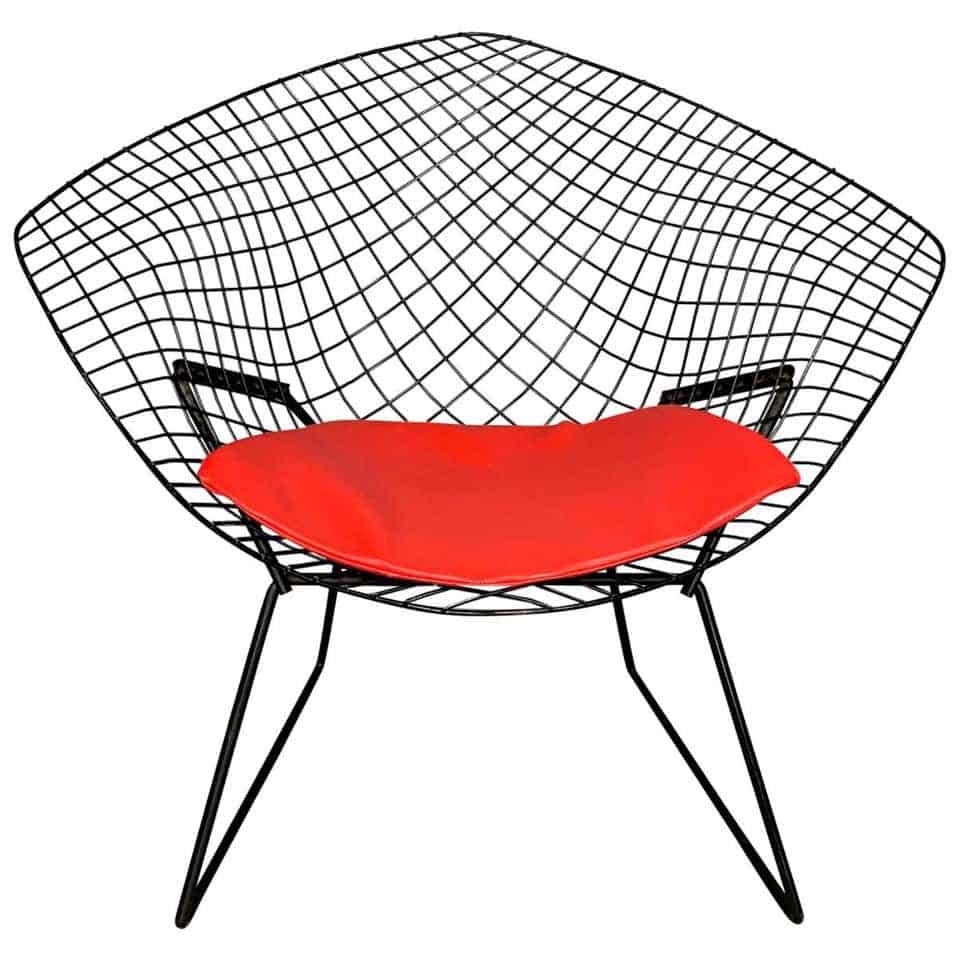
Eero Saarinen
“Always design a thing by considering it in its next larger context—a chair in a room, a room in a house, a house in an environment, an environment in a city plan.”
Eero Saarinen pioneered the second wave of midcentury modern furniture design, particularly by incorporating the curvilinear into midcentury design.
Saarinen attended school at Cranbook and befriended other future greats like Charles Eames, Florence Schust, and Harry Bertoia. Additionally, he came from an artistically-inclined background: His father was an architect, and his mother designed textiles. Additionally, Saarinen’s designs emphasize sculptural curves, which are evident in iconic pieces like the Pedestal Table, Tulip Chairs, and Womb Chair.
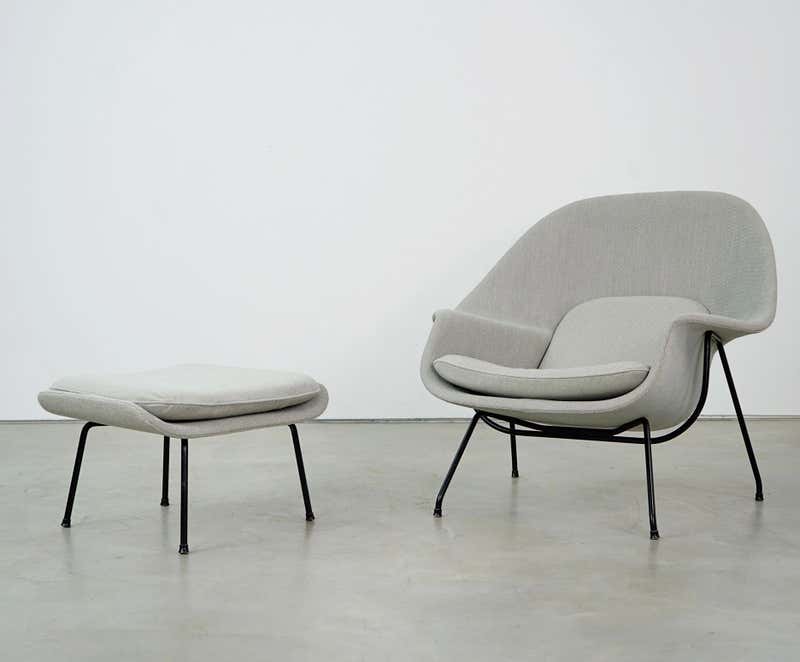
George Nakashima
George Nakashima was one of the leading designers within the American Studio Craft Movement. Natural forms, clean lines, and an emphasis on the individuality of organic materials characterize his designs.
Nakashima predominantly employed wood in his furniture and held a deep reverence for the material that he used in his designs.
Although many midcentury designers welcomed mass production and man-made materials as a means to create more affordable furniture, Nakashima and others like him pushed for a return to handcrafted furniture.
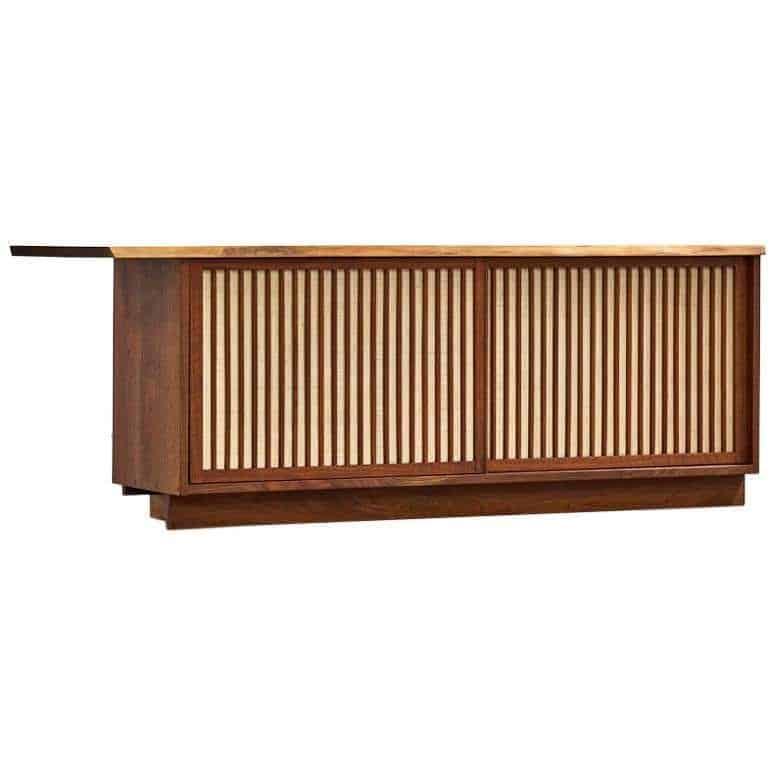
Hans Wegner
“A chair is to have no backside. It should be beautiful from all sides and angles.”
Hans Wenger was a prolific designer who produced more than 500 chairs and earned the name “Master of the Chair.”
Wegner was a central figure in Danish Modernism, and his graceful, minimalist approach to design, as well as his admiration for the materials he used, earned him worldwide recognition.
An array of styles and periods in history inspired Wegner, for example, his famous Wishbone Chair stemmed from his respect for Ming Dynasty seating.
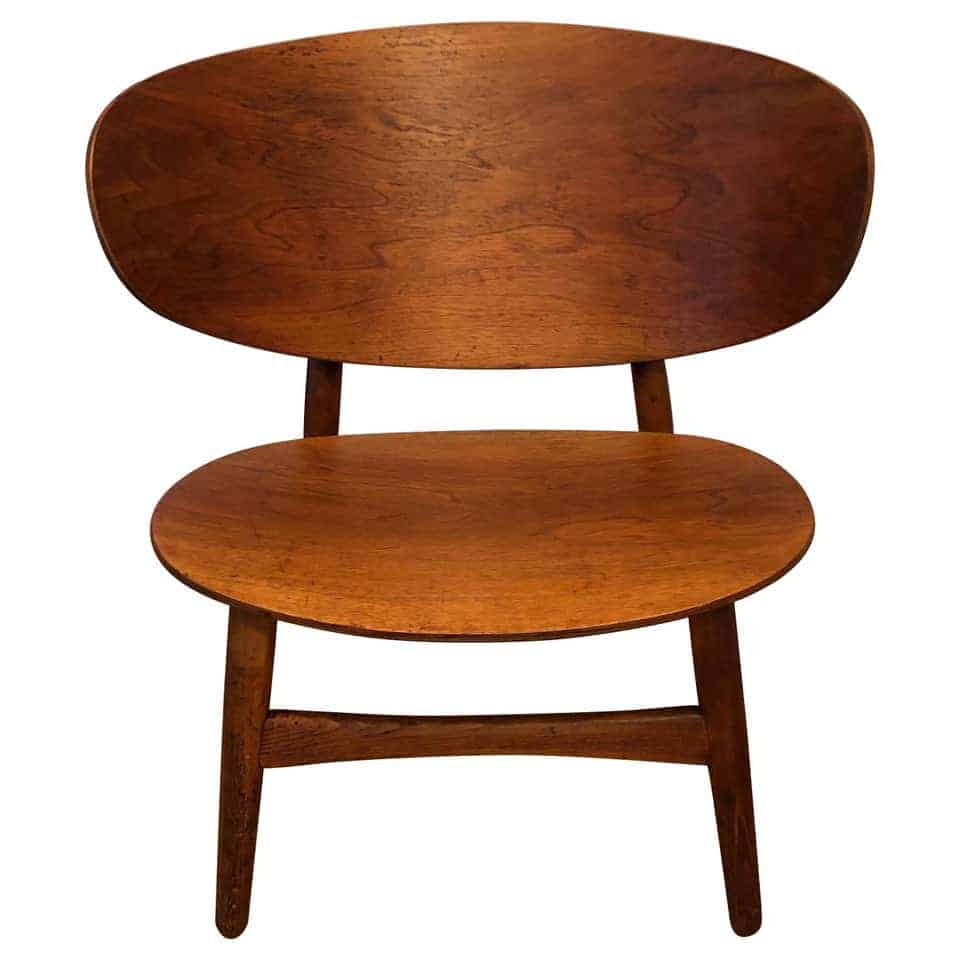
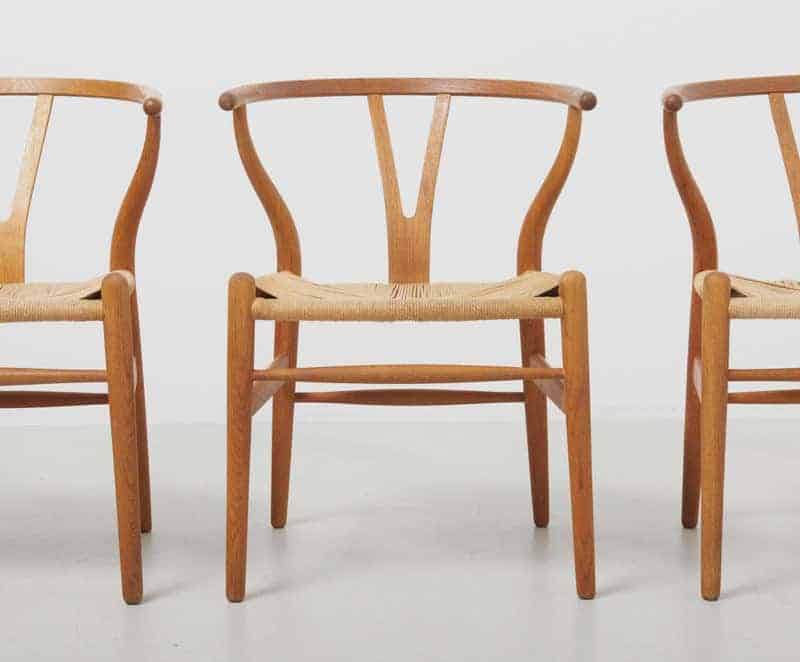
By Hans J. Wegner | Source: 1st Dibs
Jens Risom
“Good design means that anything which is good by itself will go with other things.”
Jens Risom was a Dutch immigrant who introduced Danish Modernism to the American public. After coming to the US, Risom befriended Hans Knoll, and they began an essential collaboration for midcentury modern furniture.
By the same token, Risom was responsible for many designs for Knoll’s developing furniture company. Notable works include the Risom Rocker, desk, and lounge chair.
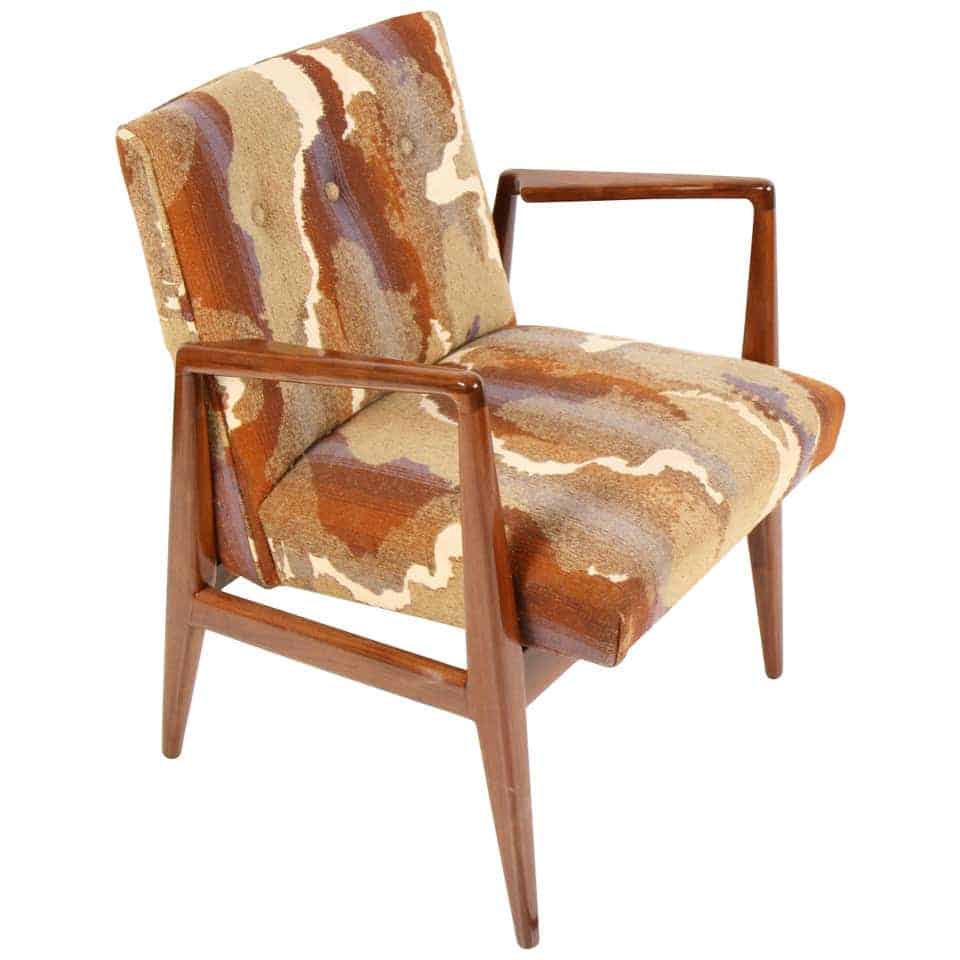
George Nelson
“Total design is nothing more or less than a process of relating everything to everything.”
George Nelson revolutionized furniture design by combining contrasting elements into a single piece, such as he did in his Bubble Lamps and his Storagewall, which popularized modular storage.
Nelson drew inspiration from Swedish lamp designs. After noting that the cost of the lamps made them inaccessible for everyday people, so he researched novel materials like self-webbing plastic spray and created his version.
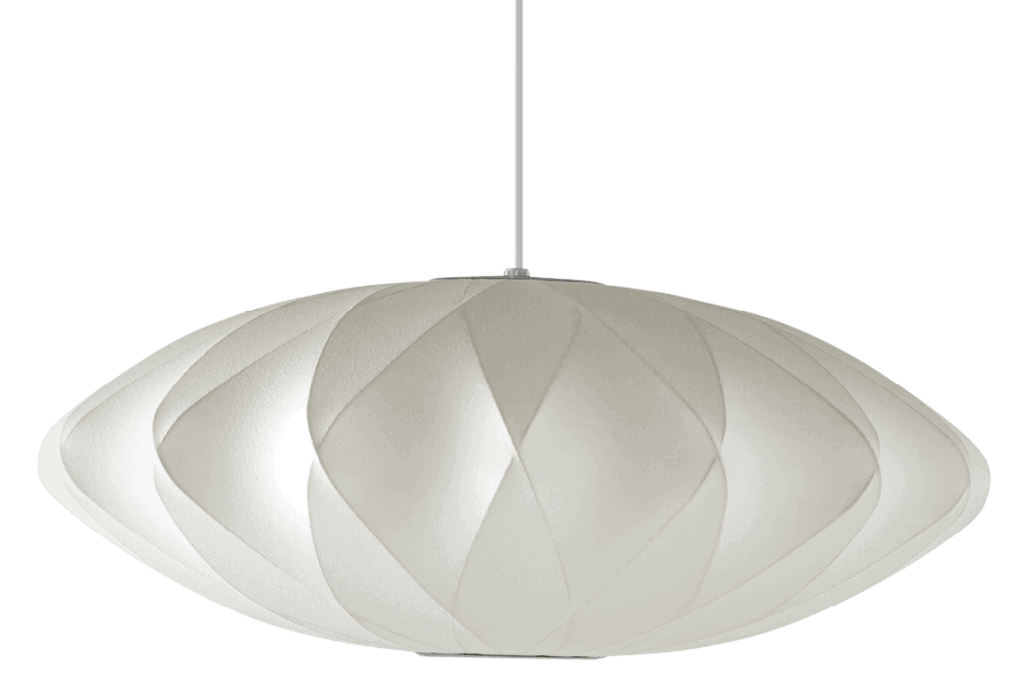
Midcentury Modern Furniture And More From Styylish
The shop is home to a variety of one-of-a-kind handcrafted antique furniture, including new midcentury additions. Check them out!
For more information about the history of midcentury furniture, read Antique and Modern Danish Furniture.
Also, don’t forget to check out the blog for more history and design ideas!
Sources
- Nolte, Jolene. “10 Midcentury Furniture Designer Icons Who Shaped the Future.” Home, 9 June 2017, www.atomic-ranch.com/interior-design/10-midcentury-furniture-designers/.
- “Rove Concepts.” 10 Mid-Century Modern Furniture Designers You Need To Know | Rove Concepts, www.roveconcepts.com/blog/july2017/mcm-designers?gclid=EAIaIQobChMIj_7Q0_OI6QIVhLLICh0dqwb9EAMYASAAEgJ8WPD_BwE.

